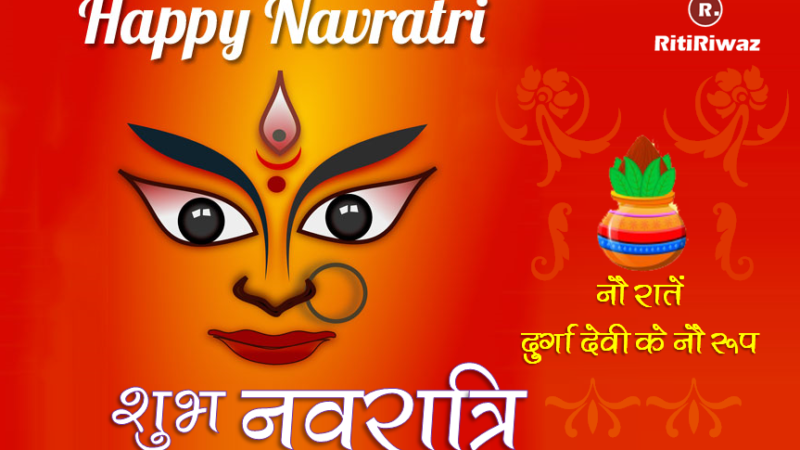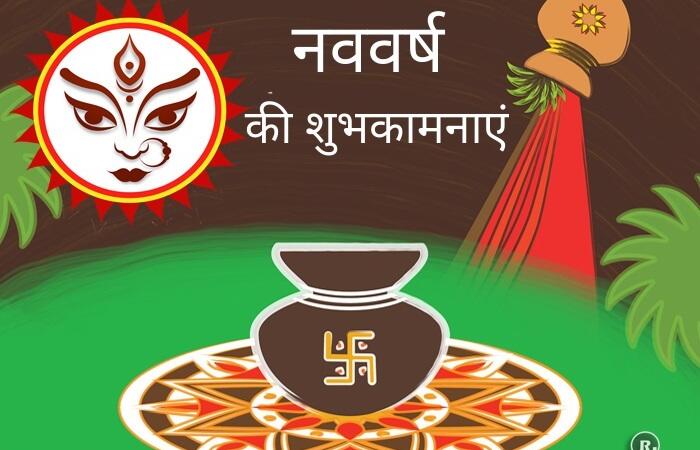Gujarati Language | Gujarati History and Facts
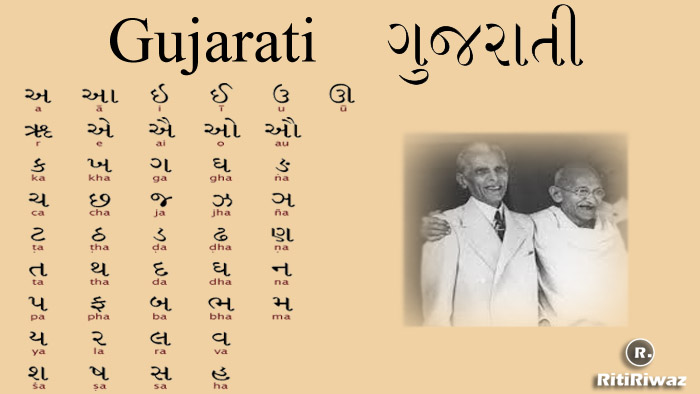
Gujarati is spoken principally in the state of Gujarat, westernmost India, bordering Pakistan and the Arabian Sea. Like the other languages of the northern two-thirds of India, it is descended from Sanskrit and is thus a member of the Indo-European family. Many other languages of India like Marathi, Hindi, Punjabi, Oriya, and many other Indian dialects belong to the Aryan family and are like the daughter of the Sanskrit.
Its closest affinities are with the western Punjabi on the one side, and the Braj Bhasha, an old form of Hindi, on the other. Besides various local dialects of Gujarati, there are three main varieties of the written and spoken language.
Hindi Gujarati – It is adopted as the standard and taught in the schools.
Parsi Gujarati – The language is spoken and written by the Parsis. This differs from ordinary Gujarati in that it admits pure Persian words in considerable numbers, especially in connexion with religious mattes, besides a host of Arabic and other words taken from the Urdu language, and that its grammar is in a very unfixed and irregular condition.
Suggested Read: Gujarat – Culture and Tradition
Muhammadan Gujarati – This is like Parsi Gujarati, which employs a great number of words borrowed from the Hindustani (and through it from Persian and Arabic).
But, though the vocabulary of the language varies considerably according to the speaker yet its grammar is practically one and the same.
During this standardization that took place between the 19th and early 20th century, words from ‘foreign’ languages like Arabic, Persian, and English that were commonly used in spoken Gujarati were replaced with those derived from Sanskrit. Gujarati hence underwent a process of Sanskritisation.
The politics of pre-Independence nationalism played an important role in the Sanskritisation of Gujarati, which was the first language of both Muhammad Ali Jinnah and Mahatma Gandhi, the fathers of the two partitioned nations.
Gujarati is also widely spoken in the states of Maharashtra and Rajasthan in India, Pakistan, Tanzania, Uganda, and Kenya while in the United States and the United Kingdom also has a sizeable amount of communities, bringing a total of 65 million speakers of Gujarati worldwide. This huge number makes this language the 26th most widely spoken language all over the globe.
Suggested Read: Rani Ki Vav
History of Gujarati Language
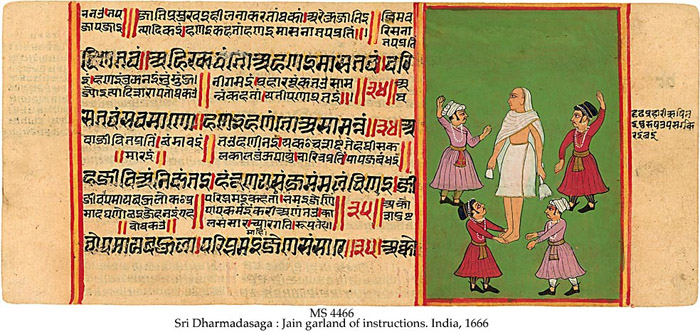
The history of the language can be traced back to the 12th century AD. A formal grammar of the precursor of this language was written by Jain monk and eminent scholar, Hemchandracharya in the reign of a Rajput king, Siddharaj Jayasinh, of Patan. This was called Apabhransa grammar, signifying a language which is a corrupted form of languages like Sanskrit and Ardha-magadhi.
The earliest literature in the language survives in oral tradition and is traced to two stalwarts, the Krishna devotee and great egalitarian Narasinh Mehta; later a source of inspiration to Mahatma Gandhi, dated to be in the 17th century. The story of Narsinh Mehta himself was composed as a long narrative ballad by Premananda, accorded the title ‘maha-Kavi’ or great poet by modern historians of the language. His date is perhaps the late 17th century. Other than this a large number of poets flourished during what is now characterized as the bhakti or devotional movement in Hinduism, a movement of the masses to liberate the religion from the entrenched priesthood.
Premananda was a ‘vyakhyan-kar,’ a traveling storyteller, who narrated his subject in song form and then perhaps elaborated on the lines in prose. His style was so fluent that the long poems running into hundreds of lines were memorized by people and are still sung during the morning routines.
In this sense the oral tradition of the much more ancient Vedas was clearly continuing in India till late. Premanandas’ famous poetry-stories deal with epic themes couched in stories of mythical kings, and the Puranas. He also wrote a drama based on Narasinh Mehtas’ life capturing his simplicity and his disregard for worldly divisions of caste and class.
Suggested Read: Palitana Mandir
The Gujarati spoken today takes considerable vocabulary from Persian due to the more than five centuries of the rule of Sultan kings who were Muslim. These words occur mostly in reference to worldly and secular matters. The other elements of the language, however, draw quite a lot on native tribes of the specific region, as listed below under Dialects.
The modern exploration into Gujarat and its language is credited to British administrator Forbes. During the 19th century at a time when the British rule was more conciliatory and progressive, this gentleman explored much of the previous thousand years of the history of the land and compiled a large number of manuscripts. The learned body devoted to the Gujarati language is named after him, Farbas Gujarati Sabha with headquarters in Mumbai.
Suggested Read: Statue of Unity
Gujarati Dialects
Gujarati has many regional dialects that differ in vocabulary, pronunciation, and grammar. At least eight major groups of dialects can be identified. It is said, “Baar Gaamey Boli Badlaay” which can be literally translated to “Dialect changes after every twelve villages”.
Gujarati script was based on the Devanagari script, it possesses 47 characters. Gujarati is written in an alphabet similar to that used by Sanskrit and Hindi, but without the continuous horizontal line running along the top. With about 45 million speakers, it is one of the official provincial languages recognized by the Indian constitution.
Gujarati has many dialects (Ethnologue). The major dialects are listed below:
- Standard Gujarati (including the varieties spoken in Mumbai and Ahmedabad, the capital of Gujarat)
- Surati
- Kathiyawadi
- Kharwa
- Khakari
- Tarimukhi
- East African Gujarati
Northern Gujarati dialects have many loanwords from Arabic and Persian, while the southern dialects have more Hindi, English, and Portuguese borrowings. East African Gujarati has a number of loanwords from the local languages, particularly Swahili.
Suggested Read: Shree Shatruenjay Teerth
Gujarati Writing
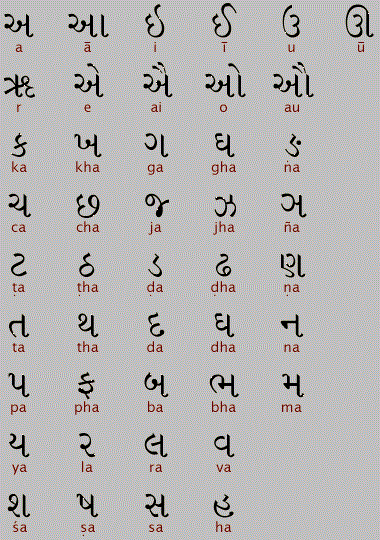
Gujarati script is a descendant of the Brahmi script. Like all Brahmi-derived scripts, it is a syllabic writing system in which each character represents a consonant accompanied by an inherent vowel. The Gujarati script is very similar to Devanagari but without the line at the top of the letters. The earliest known document in the Gujarati script is a manuscript dating from the late 16th century. Until the 19th century, the Gujarati script was used mainly for writing letters and keeping accounts, while the Devanagari script was used in literary and academic texts. Today, the Gujarati script is the official script of Gujarat.
Suggested Read: Rann of Kutch
Gujarati is considered a syllabic alphabet, and it features 36 consonants that possess inherent vowel sounds. Vowels also exist independently, and they can be expressed as their own symbol or through a critical mark connected to a consonant. One main feature of the Gujarati language is that the vowels of this language can be written as independent letters or can be used before and after any consonant (more or less like the language of English).


